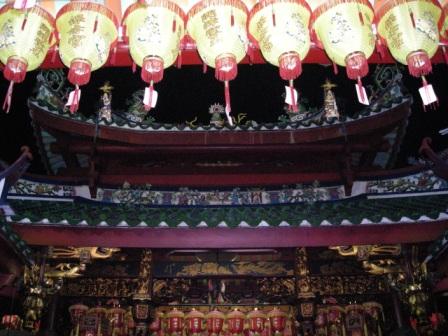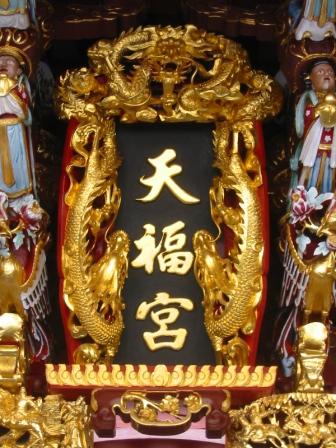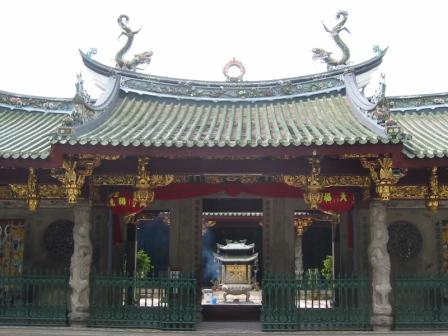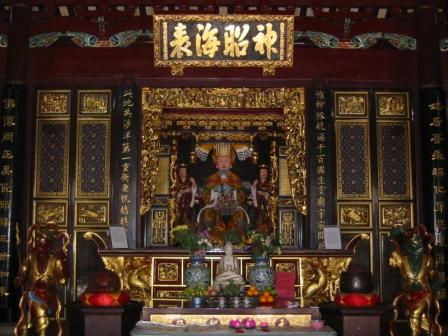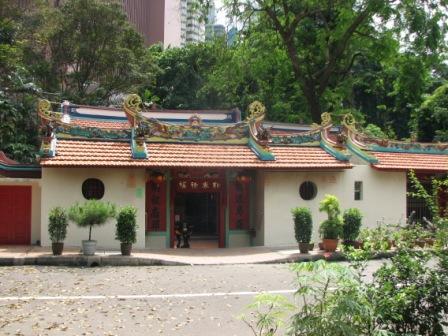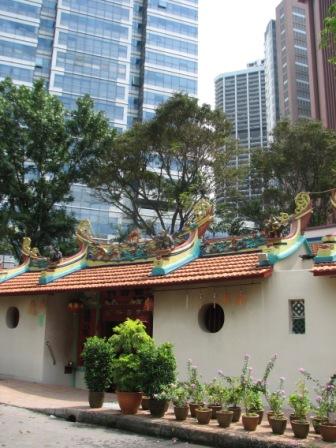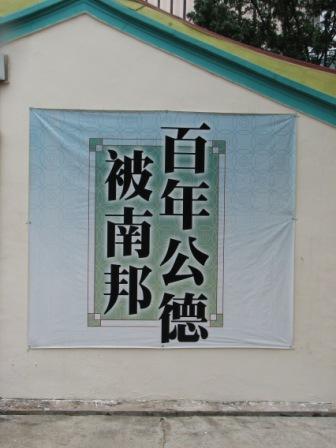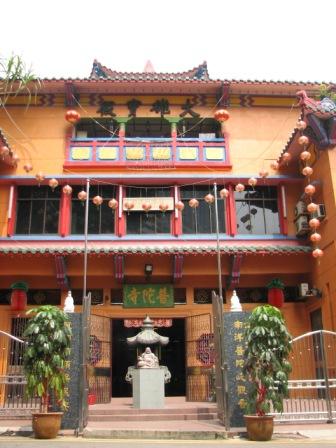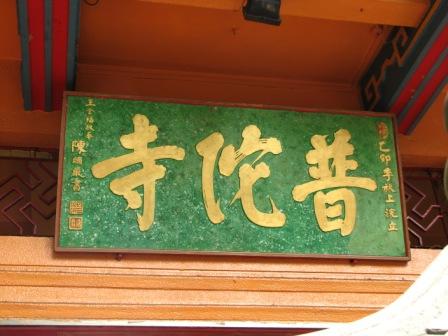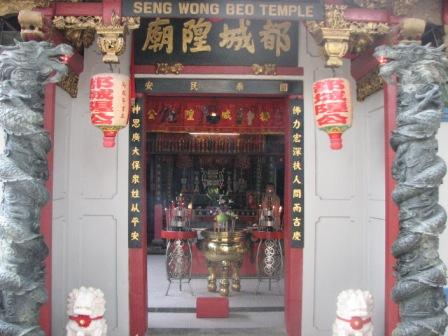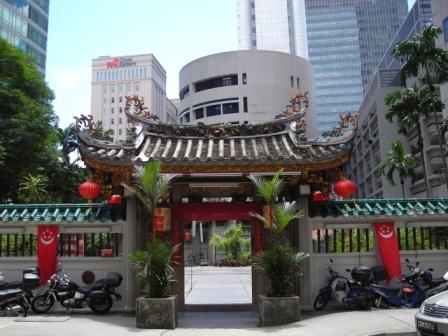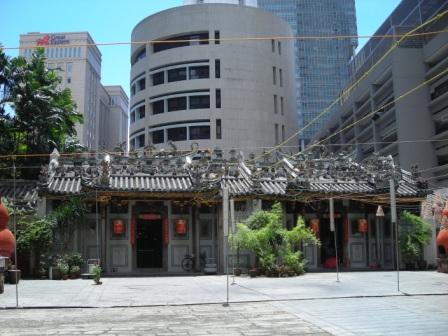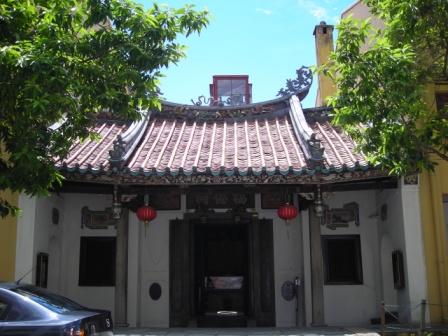
| Home | Chinatowns of the world | Festivals | Culture | Food Culture | History | Countries |
| Chinese Religion | Tours | Sitemap | Documentaries | About | Contact |
Chinese Temples in SingaporeIn 1958, Dr. Leon Comber published “Chinese Temples in Singapore”. It was written for Westerners and English-speaking Chinese because “it seemed desirable to tell the reader something about the religious background to Chinese temple life in Singapore”. This volume recorded Chinese religious practices, popular deities, explanation of “Chinese religion” and the background of 33 Chinese temples in Singapore. 10 of the temples were located in Chinatown. see list of temples below Almost 50 years later, “Chinese Temples in Singapore” continue to be read and to be used as a reference for people interested in Chinese religion and Chinese temples in Singapore. “Chinese Temples in Singapore” can be found in major library collections around the world. Leon Comber InterviewChinatownology invites Dr. Leon Comber to talk about his motivation to publish the book 50 years ago and how the social function of his book has changed over the last 50 years. Dr. Leon, how did you come to be interested in Chinese temples? For me, it was a “new world” that invited exploration, especially as there were then so few Caucasians around me who spoke Chinese or had any understanding of Chinese life: In fact, this did not change much during the ten years or so that I lived in Malaya/Singapore. I have always been interested in exploring religion and the “Otherworld”, and Chinese temples with their colorful profusion of Chinese gods stretching back into China’s dim past provided me with a wonderful opportunity to expand my interests. It helped, too, I suppose that I had already started to study Cantonese and Mandarin, 普通话, (putonghua) in my spare time, and I’m sure this helped to open for me so many “windows” that would have otherwise have remained closed. How many copies were printed? What were the objectives of the publication? I wrote altogether six small books for him dealing with Chinese customs and traditional life in his Malayan Heritage Series, including “Chinese Temples in Singapore”: they were written to respond to an interest in books of this kind which did not seem to have been filled elsewhere. Fortunately, they were all well reviewed in the local press and elsewhere and while they did not make a fortune for him (or me!), they “broke even” in the publishing sense, and he did not lose money on them. Were Chinese Temples and religion popular subjects in the late 1950s? Who were interested in Chinese religions and temples? What was the general attitude (Caucasians, English speaking Chinese and Mandarin/Dialect speaking Chinese) towards Chinese religion? What did Chinese Religion mean to them? It seemed, too, that many English-educated Chinese were interested in finding out more about their own culture from which they had been separated by the gap that had somehow grown up over the years between the English-educated and Chinese-educated sections of the Chinese community. What was the response to a westerner interested in Chinese Temples? Of course, I always tried my best to respect the atmosphere of the temples and the deities enshrined in them and not to offend susceptibilities. Usually speaking, every one I came into contact with was friendly and helpful though in one or two very rare instances, I was made to understand that my presence was not welcome as an “ang moh” but this didn’t bother me very much! You mentioned in the preface the book “should be written by a Chinese” but “few interested in doing so” Why? Of the 10 temples mentioned in Singapore Chinatown, 4 have disappeared; Was this something you expected? Fuk Tak Chi 福德词, Palmer Road have been acquired by the government and given Temporary Occupation License (TOL). The management has published a book and has applied for conservation status. Are such institutions worth conserving and what might be lost if the physical structure were demolished? “Chinese Temples in Singapore” can be found in major libraries around the world and is used as a reference. Did you imagine the book to be a major reference 50 years later? Do you think interest in Singapore Chinese temples and religion is growing or declining today? What is the role of Chinese temples and religion in modern day Singapore? How has that changed since your book was published? In your preface, you wrote that, “this book should be written by a Chinese. However, for one reason or the other, there were few interested in doing so. Hence I write.” (Page ix). Has that Chinese appeared? Temples has always been a popular destination for tourists. What insight can they get from a temple visit? Finally, what will you say to people who have not visit a Chinese temple? Related Articles: |
|
| Join us on | Youtube | |||
| Copyright © 2007-24 Chinatownology, All Rights Reserved. | ||||
